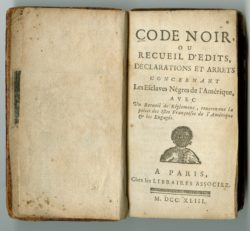History
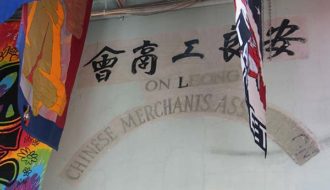
Chinatown
For six decades straddling the turn of the 20th century, one of the very few Chinatowns in the South anchored members of New Orleans's Chinese-ancestry community.

For six decades straddling the turn of the 20th century, one of the very few Chinatowns in the South anchored members of New Orleans's Chinese-ancestry community.
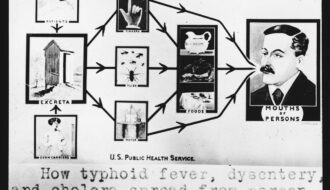
During the nineteenth century, cholera epidemics caused tens of thousands of deaths throughout the state of Louisiana.
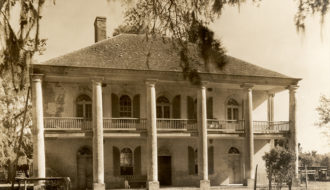
Chrétien Point, the center of the Civil War's Battle of Buzzard's Prairie in 1863, is rumored to have been spared when its owner, Hypolite Chrétien II, gave the Masonic sign.
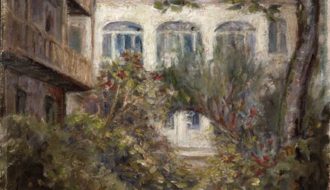
The Christian Woman's Exchange provided rooms for rent, consignment shops for income, and affordable lunches for women of every social class in New Orleans.
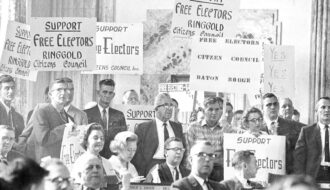
Citizens’ Councils were a loose network of white supremacist, segregationist organizations in the South that organized to preserve segregation.
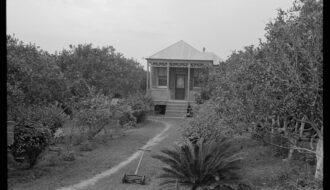
Louisiana’s citrus industry traces its origins to the early 1700s, but the effects of climate change increasingly threaten its long-term viability.

Louisiana seceded from the Union, sent thousands of Confederate soldiers out of state, witnessed occupation, and saw the emancipation of more than 300,000 enslaved people.
Attorney and feminist activist Clayton, or Clay, Latimer was instrumental in many of the reforms achieved by the modern women's rights movement in Louisiana.
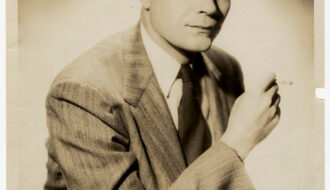
Clay Shaw is the only person tried on charges related to an alleged conspiracy in the November 22, 1963, assassination of President John F. Kennedy.
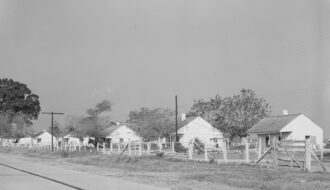
A civil rights unionist from Pointe Coupee Parish, Clark faced frequent violence in his efforts to organize tenant farmers.
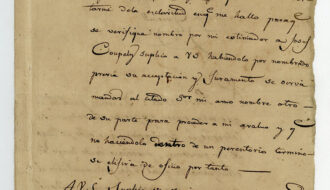
Coartación was a legal framework during Spanish colonial rule in Louisiana that allowed enslaved people to purchase their freedom.
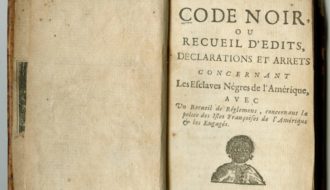
The 1724 Code Noir of Louisiana was a means to control the behaviors of Africans, Native Americans, and free people of color.
One-Year Subscription (4 issues) : $25.00
Two-Year Subscription (8 issues) : $40.00
